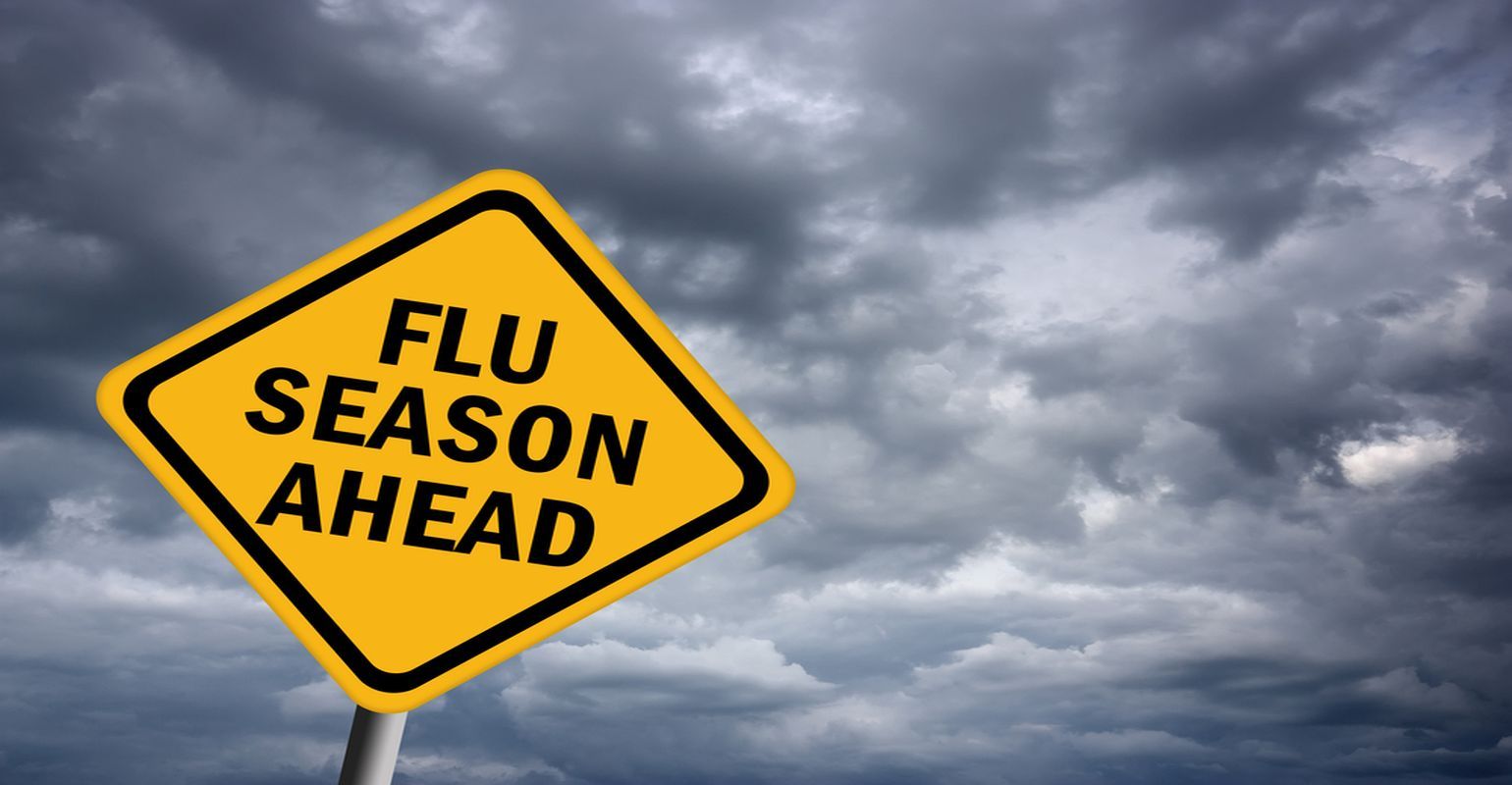Infectious Disease Experts at Rutgers University Explain This Year’s Flu Season

During last year’s flu season, thousands of people were hospitalized and 180 children - 80 percent of whom were not vaccinated - died, according to the Centers for Disease Control and Prevention.
The CDC recently recommended that people receive flu vaccinations by late October, at the beginning of the season before the virus starts spreading. Infectious disease experts David Cennimo at Rutgers New Jersey Medical School and Tanaya Bhowmick at Rutgers Robert Wood Johnson Medical School discuss this year’s flu season, the efficacy of the vaccine and how you can protect yourself.
How is the flu is transmitted?
Cennimo: Influenza is spread through droplets - such as a sneeze or cough - as well as through contact with surfaces contaminated by the virus.
The CDC recommends preventive precautions to stop the spread of germs, such as avoiding contact with sick people, staying home for at least 24 hours after your fever breaks without medical intervention, covering your nose and mouth when sneezing or coughing, washing your hands with soap and water after using a tissue and avoiding touching your eyes, nose and mouth. People also should avoid congregating in public settings when they are ill to minimize the risk of infecting others.
What strains will the vaccine cover this year?
Cennimo: As in previous years, the flu vaccine will cover both Influenza A and B types. There have been some modifications to this year’s recipe: A different variant of the H3N2 Influenza A strain and Influenza B have been included to hopefully better match the strains in circulation this year.
Last year, the vaccine was a good match, but not great. The H1N1 component did well, but unfortunately, we saw a lot of H3N2 cases that were not addressed in the vaccine. There was also a late surge in this area in cases from Influenza B. The changes to the current vaccine demonstrate why this surveillance and re-evaluation is important. The overall vaccine effectiveness of the 2017â2018 flu vaccine against both influenza A and B viruses is estimated to be 40 percent - but remember, a vaccine that is 40 percent effective still helps many people.
Why is it important to be vaccinated against the flu?
Bhowmick: Besides protecting you from common strains of the flu, if you receive the vaccination but contract a strain that was not included, symptoms, such as fever and aches, won’t be as severe. Instead of being out of commission for a week, you may only be out for a few days. Also, some people can be infected with the flu virus but have no symptoms. During this time, those people may still spread the virus to others, especially vulnerable populations such as the elderly, children and those who have an impaired immune system such as cancer patients undergoing chemotherapy, people with HIV or pulmonary disease. Having the vaccination will stop the virus from infecting others.
Can you get the flu from the flu vaccine?
Bhowmick: No. However, people should realize the vaccine takes two weeks to be effective, so they still could contract the flu during this period. The vaccine exposes your body to a weakened form of the virus, which allows you to mount an immune response.
When is the best time to receive a flu shot?
Cennimo: The flu season ranges from October to as late as May, with peak activity between December and February. The CDC recommendation of having the vaccine by late October is appropriate. Vaccine efficacy is approximately six months. So, if you receive your flu shot in September and we have a late flu season, you are not as well protected during those months. But if you delay receiving the vaccine, there’s a chance you might not get around to it.
Is the nasal mist vaccine as effective as an injection?
Bhowmick: FluMist, which can be given to people aged 2 to 49, contains a live virus and is effective if administered properly. While the mist is a good alternative for people do not like needles, injection is still the preferred method of delivery.
Source: Rutgers University-New Brunswick
Newsletter
Stay prepared and protected with Infection Control Today's newsletter, delivering essential updates, best practices, and expert insights for infection preventionists.